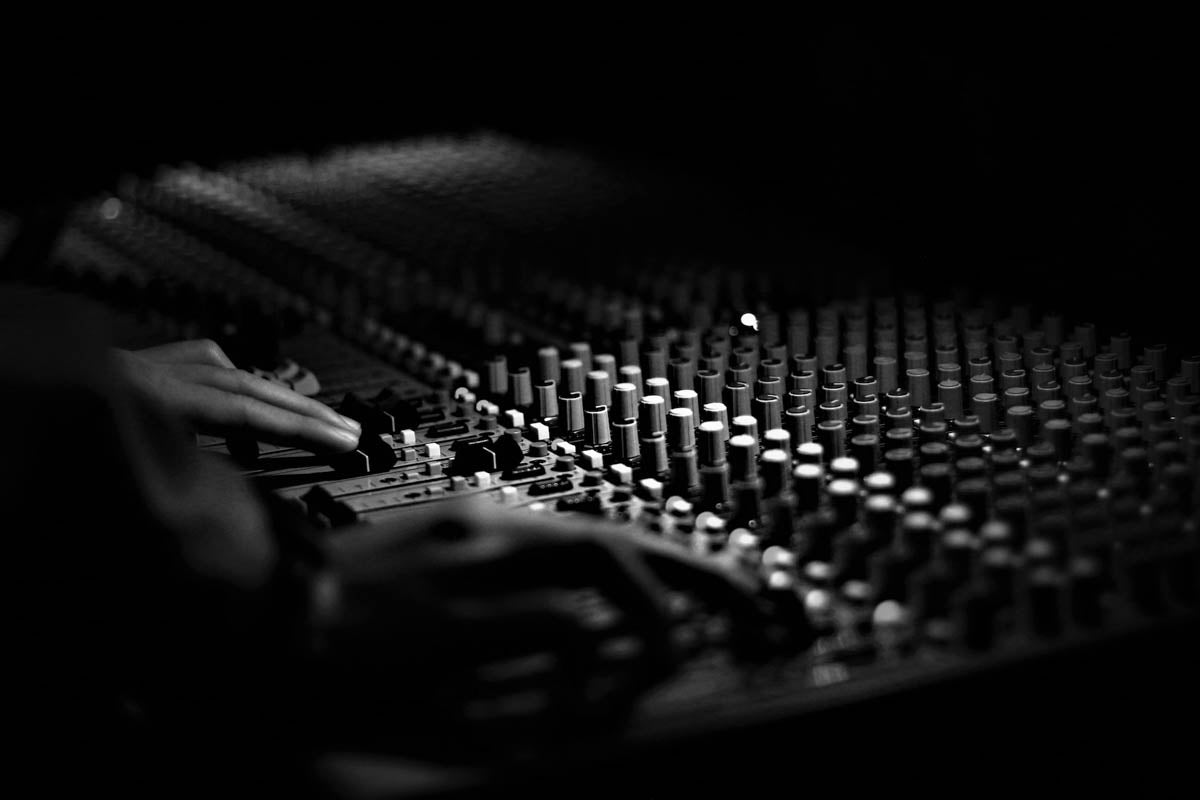Product Description
Laowa 65mm f/2.8 2X Ultra Macro Prime Lens
Versatile 2X Macro Lens for APS-C Mirrorless Cameras
The Laowa 65mm f/2.8 2X Ultra Macro APO is an innovative macro lens designed specifically for APS-C mirrorless cameras, offering unparalleled 2X magnification, stunning optical performance, and a compact, lightweight build. Available for Fujifilm X, Sony E, Nikon Z, and Canon M mounts, this lens is perfect for macro photography, portraiture, and everyday photography.

Key Features
- 2X Magnification for Extreme Close-Ups – Captures true-to-life macro images with a 2:1 maximum magnification ratio
- Minimum Focusing Distance of 17cm – Allows photographers to get incredibly close to small subjects, ideal for insects, plants, and fine details
- Ultra-Sharp Image Quality – Delivers exceptional resolution, contrast, and detail from centre to corner
- Apochromatic Optical (APO) Design – Incorporates three Extra-low Dispersion (ED) elements to minimise chromatic aberrations, ensuring outstanding colour accuracy and clarity
- Lightweight & Compact Build – Weighing just 335g, this lens is easy to carry, making it perfect for travel and outdoor macro photography
- Internal Focusing System – Maintains a consistent lens length while focusing, providing a stable and comfortable shooting experience
- Designed for APS-C Cameras – Offers a full-frame equivalent focal length of approximately 100mm, making it an excellent choice for portraits and everyday shooting

2X Macro Magnification for Unmatched Detail
Unlike traditional macro lenses that typically offer a 1:1 magnification ratio, the Laowa 65mm f/2.8 2X Ultra Macro provides a 2:1 maximum magnification, allowing photographers to capture subjects in extreme detail. The lens focuses from infinity to 2X magnification, making it incredibly versatile for a range of macro photography scenarios.

Exceptional Sharpness & Colour Accuracy
With an advanced optical design optimized for APS-C cameras, this lens produces sharp, high-contrast images with minimal distortion. The APO design inherited from the Laowa 100mm f/2.8 2X Macro effectively reduces chromatic aberration in both in-focus and out-of-focus areas, resulting in true-to-life colours and clarity.
Lightweight & Travel-Friendly
Weighing only 335g, the compact design of the Laowa 65mm f/2.8 2X makes it an ideal choice for macro photographers on the go. Its small barrel size allows for easy handling, while the internal focusing mechanism keeps the lens length stable, ensuring a comfortable shooting experience.

Perfect for:
- Macro Photography – Capture stunning details of insects, plants, and textures
- Portraits – The 65mm focal length (100mm full-frame equivalent) offers beautiful compression and background separation
- Travel & Outdoor Photography – Lightweight and easy to carry, making it perfect for on-the-go macro enthusiasts
Technical Specifications
- Focal Length: 65mm (100mm full-frame equivalent)
- Aperture Range: f/2.8 – f/22
- Magnification Ratio: 2:1
- Minimum Focusing Distance: 17cm
- Weight: 335g
- Mounts Available: Fujifilm X, Sony E, Nikon Z, Canon M

Why Choose the Laowa 65mm f/2.8 2X Ultra Macro?
- Unmatched 2X macro magnification for extreme close-ups
- Superior sharpness and contrast with an APO optical design
- Lightweight and travel-friendly for photographers on the go
- Versatile for macro, portraits, and general photography
The Laowa 65mm f/2.8 2X Ultra Macro Prime Lens is the perfect companion for photographers who want exceptional macro detail, outstanding optical quality, and portability in a compact design.
Payment & Security
Your payment information is processed securely. We do not store credit card details nor have access to your credit card information.





















